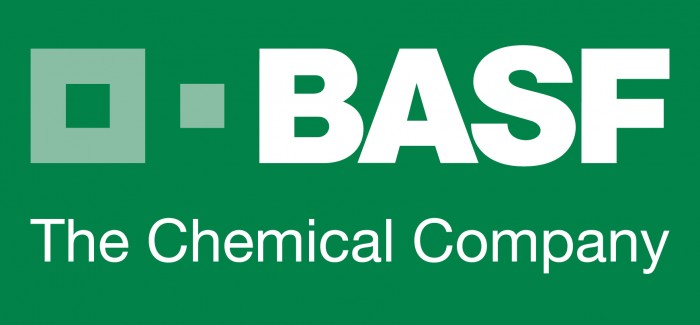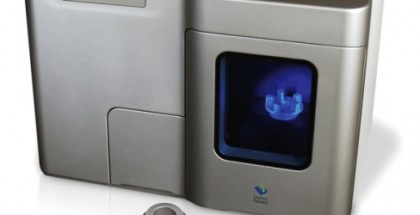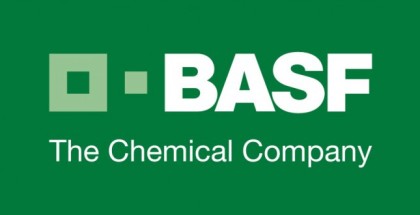BASF: VIPER ADV
VIPER ADV – broad-spectrum weed control in a new liquid formulation.
Dependable control of broadleaf weeds and grasses in field peas, soybeans and dry beans, with exceptional rotational freedom, all in a new 100% liquid formulation. VIPER® ADV uses two modes of action for solid management of herbicide-resistant weeds.
How it works
With Group 2 and Group 6 modes of action, VIPER ADV provides sustainable herbicide-resistance management. Growers benefit from two types of weed control activity:
- On contact – Through the leaves after spray directly hits the weeds.
- Systemic – Absorbed through roots and leaves and translocated within the plant to the growing points for optimum efficacy.
Common questions
What are the mixing instructions for VIPER ADV?
VIPER ADV is a 100% liquid formulation. Fill the clean tank with three quarters of the required water, agitate and add the correct amount of liquid VIPER ADV. Continue agitation and add the remaining water.
Is BASF 28% UAN required for optimum weed control with VIPER ADV?
BASF 28% UAN increases the effectiveness of VIPER ADV herbicide and ensures the best efficacy possible. Failure to include BASF 28% UAN will result in significant reduction in grass control efficacy.
28% UAN is needed for optimum weed control. Is it included in the VIPER case?
UAN is sold separately and is applied in a ratio of two cases of BASF 28% UAN to one case of VIPER ADV or one shuttle of BASF 28% UAN to four cases of VIPER ADV.
When to apply
- Apply early post-emergence in field peas, soybeans and dry edible beans.
- Apply when broadleaf weeds are from the cotyledon to 4-leaf stage and when grassy weeds are at the 1 to 4-true leaf or early tillering.
- To optimize herbicide performance, apply VIPER ADV in warm weather (15-28°C optimum temperature) to actively growing weeds.
- Do not apply VIPER ADV if freezing temperatures are forecast or immediately after a frost. Temperatures near freezing (below 5°C) will prevent optimum herbicide performance, as weeds are not actively growing.
- DO NOT make more than one application per season.
For field peas and soybeans
- Application should be made from the 3 to 6 node stage of field peas and the cotyledon to 4-leaf stage of soybeans and after weeds have emerged.
- For field peas, initial transient crop yellowing may be observed after application but this is outgrown and should not affect yield.
For dry beans
- Application should be made after 1st trifoliate leaf has fully expanded up to the 2nd trifoliate leaf stage of the dry bean and after weeds have emerged.
- Initial transient crop yellowing may be observed after application but this is outgrown and should not affect yield.
How much to apply
- One case of VIPER ADV herbicide treats 40 acres and should be applied at a rate of 1.0 L/ha (400 ml/ac) in a minimum water volume of 100 L/ha (40 L/ac).
- As with most contact herbicides, VIPER ADV requires higher water volumes for optimal control.
- There is no need to add MERGE® adjuvant to VIPER ADV.
- VIPER ADV must be applied with BASF 28% UAN (sold separately) at a rate of 2.0 L/ha (0.8 L/ac). Without this required nitrogen source, VIPER ADV grass control is reduced.
For dry edible beans
- Add 0.36 L/ha (144 ml/ac) of BASAGRAN® FORTE to VIPER ADV and UAN, for control of additional weeds.
Follow crops
Winter wheat can be planted 3 months after treatment as a rotational crop.Initial crop injury to non-Clearfield canola may be observed. Avoid spray overlap as yield reduction may result. The following crops may be grown safely the year following an application:
- Canary seed
- Field corn
- Field peas
- Soybeans
- Clearfield Canola* (e.g. canola varieties with the Clearfield trait)
- Non-Clearfield canola
- Lentils
- Spring wheat
- Durum wheat
- Spring barley
- Sunflower
- Tame oats
- Flax
- Chickpeas
- Clearfield Sunflowers* (e.g. sunflower varieties with the Clearfield trait)
The following crop may be grown safely two years following an application: Mustard (condiment type only)There are insufficient data for other follow crops. Conduct a field bioassay (a test strip grown to maturity) the year before growing any crop other than those listed above.
!!! DO NOT apply when weather conditions may cause spray drift from treated fields to adjacent crops. Clean sprayer thoroughly after use to avoid damage to the next crop sprayed.
(Source – https://agro.basf.ca/West/Products/VIPER_ADV.html)


















Submit a Comment